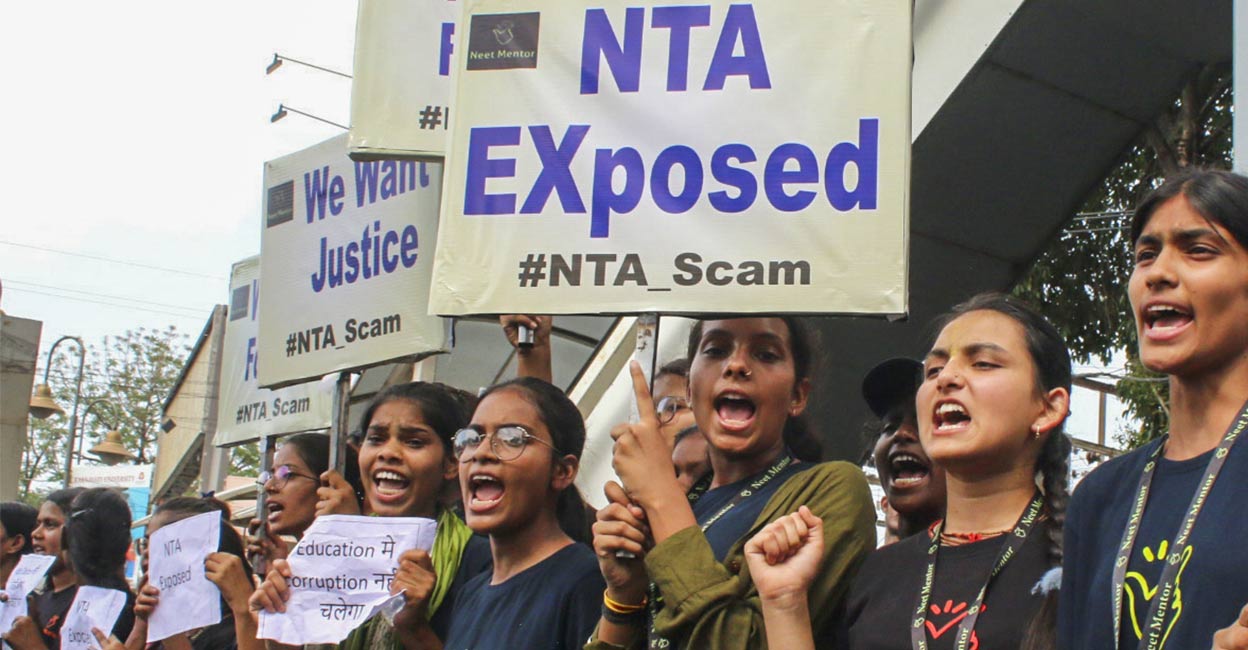Incessant monsoon rains have lashed North India. Hindi-speaking states including Delhi, Uttar Pradesh, Punjab, Uttarakhand, Himachal, and Rajasthan Pradesh have become flood-like situations. Record-breaking monsoon rains have shaken the situation in North India. Incidents of landslides are also happening in the mountains. According to meteorologists, the trend of heavy rains is not going to change now. The effect of climate change is that now we are cursed to witness extreme weather conditions again and again. Now the rainwater has started drowning the cities especially the metros, because of this, the drainage system in these big cities has been crippled, due to which the rainwater stagnates, in such a situation there is a hindrance in the traffic, diseases also come along with it. Slums or residential areas of low-income people are more affected and the productivity of most of these people starts decreasing. It is not that small towns are safe from all this, there is also enough mismanagement, but comparatively less economic activity is their reason. goes to the side. There are 5 major reasons for the flood-like situation in the cities in the rainy season. The first is illegal and haphazard construction work. In this, illegal colonies made of heavy use of feet are also included, there is no proper arrangement of road, drains, Shiva, etc., due to which water stagnates there, due to which other parts of the city are also badly affected. The second reason is the natural drainage route in urban planning To neglect. Bangalore is a great example of this, where once the Pinakini river used to absorb the rain water itself, the network of roads and colonies has spread so much that this river kept shrinking, as a result, this technologically prosperous city now looks helpless even in minor rains. The third problem is sewer overflow. In many places, there is a disparity in the level of sewer and sewage disposal sites. For example, in Jaipur, the dirty water of the four-walled sewer and rainwater together submerge the Police Headquarters, Statue Circle, MI Road, and C Scheme. The fourth reason is the unplanned disposal of garbage. There are two aspects of this problem, in the first there has to be proper management of general dry waste, plastic is also included in this waste, now it would be naive to assume that the use of plastic can be stopped, because it has just been created in our life, so it has to be arranged that we dispose of the dry waste by dividing it separately. The second aspect of this is the debris of houses, which is called CDD (Construction and Demolition) waste, that is, the debris that comes out of the construction work, repair, sabotage, etc. of houses. It is not disposed of properly in big cities and it is dumped in rivers and banks. The fifth reason is the absence of storm water drains. Because in the past days, even in desert districts like Jaisalmer, and Barmer, rivers of rain water were seen moving. Due to the non-availability of such drains in many parts of the big cities, the roads get submerged because due to climate change, more rain has started in all the metros, so we have to pay adequate attention to the storm water drain. Obviously, when we reach the root of the problem, then its solution will be easy for us, just a solid strategy has to be made for this. For example, a drainage plan will have to be made for the cities. It is also necessary to follow the rules related to the disposal of CADD waste. This work has started in Burari area of Delhi and a similar arrangement is also there in Bengaluru. We have to expand it so that the land of rivers, ponds or lakes can be avoided and natural water drainage can be ensured. But now we have to run a separate campaign for this so that we can only talk about dealing with rain water. Hopefully, governments will pay attention to this soon.







